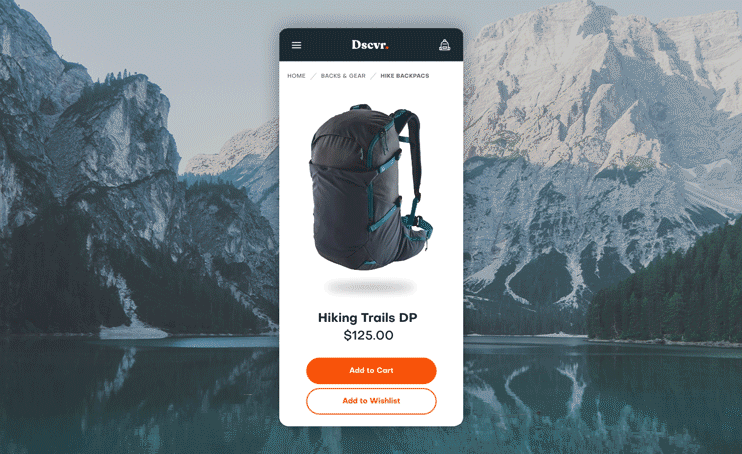By Miva | January 5, 2022

See why top ecommerce brands use Miva’s no-code platform to run
multiple stores, manage massive catalogs, and grow their revenue.
Getting lots of traffic to your store is great, but do you know what can be even better? Getting the most out of each and every sale. Too many businesses focus all their attention (and budget) on attracting as many shoppers as possible instead of looking at ways to maximize the value of those who decided to purchase. If you’re not maximizing the potential value of each sale, you could be losing out on revenue.
In this article, we’ll explore some of the ways you can leverage the power of upselling and cross-selling to increase your average order value and customer lifetime value across the board.
Upselling is when you convince your customer to purchase a more expensive item, add-on, or upgrade during the checkout process to increase the value of the sale. This could be as simple as offering a newer or more premium model of the product the customer is considering. The goal is for the customer to walk away feeling more satisfied and empowered about their purchase.
In both ecommerce and brick-and-mortar retail, you want to make sure your upsell recommendations are relevant to the purchase at hand. If you’re selling computers, for example, you’ll want to offer your customers the opportunity to purchase a faster processor, more memory, or a better graphics card. This can be done both before and during checkout—the goal is to increase the value of the transaction.
While it can be tempting to show your customers every possible upgrade and add-on, you could cause decision paralysis if you present too many options. You can avoid this by limiting the number of recommendations during the checkout process and restricting recommendations to only the most relevant upgrades. You can also use upselling to sell off select inventory and low-stock items.
Cross-selling is another term for selling related products—when you convince a customer to purchase another product that complements a product they are in the process of buying or have either already purchased previously.
Unlike upselling which is about recommending a more premium, upgraded, or higher-end version of what a customer is purchasing, cross-selling involves offering a related product or service.
A practical example would be a kitchen supplier suggesting a whisk and oven mitt to someone purchasing a baking pan.
We have only to look at Amazon to see how effective the marketing of related products can be for increasing average order values and boosting customer loyalty. Amazon executed a wildly successful approach to cross-selling by using the buying behaviors of their customers to suggest relevant products. Their algorithms focus on suggesting items to customers based on what they have bought, what other customers have bought, what customers have recently viewed, and more.
Just like with upselling, it’s important that the products you offer in your cross-selling initiatives are relevant to your customer. Otherwise, you may end up distracting or even frustrating them. To amp up your cross-selling efforts, consider offering a bundled discount on products related to the item being purchased. Use imagery, copy, and other relevant content to show how the additional products work with the product your customer is purchasing, making it easy for them to say yes.
In addition to upselling and cross-selling, your online store can take it up a notch by combining product suggestions with a personalized shopping experience.
Interested in learning more? Check out The Art of the Up Sale Part 2: Checkouts and Check-Ins.
This blog was updated on December 30, 2021.
Love it? Share it!
No worries, download the PDF version now and enjoy your reading later...
Download PDF Miva
Miva
Miva offers a flexible and adaptable ecommerce platform that evolves with businesses and allows them to drive sales, maximize average order value, cut overhead costs, and increase revenue. Miva has been helping businesses realize their ecommerce potential for over 20 years and empowering retail, wholesale, and direct-to-consumer sellers across all industries to transform their business through ecommerce.
Visit Website